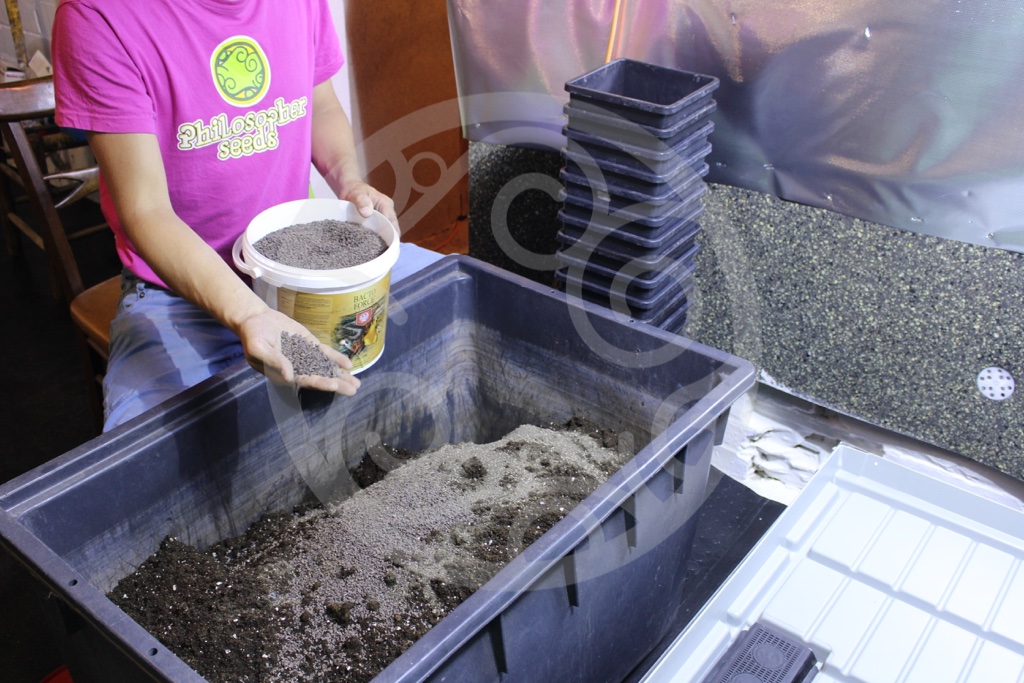Cannabis cultivation for the inherently lazy
List of contents
As with many other plants, vegetables, and vegetables, cannabis homegrowing is undoubtedly one of the most satisfying activities for any consumer of this plant, because apart from the advantage of being able to decide what to grow, how, and when, you always have the satisfaction of having taken care of your plant in order to get a product of the best possible quality. And it is that, as they say, there is no better cannabis than the one you grow yourself!
However, there are many reasons why we may not be able to give our plants all the attention we would like during the months that the crop will last; work, vacations, family...or perhaps, simply and simply, we are somewhat lazy and prefer a type of cultivation that does not require too much work on our part. Well, today we are going to give you a series of tips and tricks that you can follow to make cannabis cultivation take as little time as possible, and without subtracting an iota of quality. Go for it!
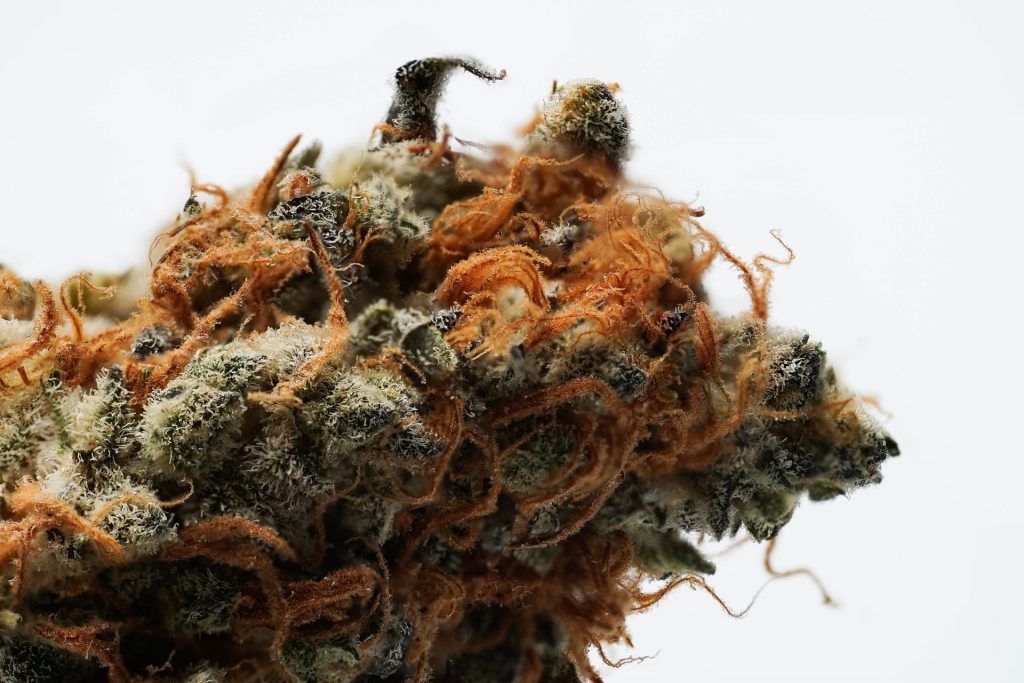
Seed or clone?
Probably, the first thing we should decide when starting our cultivation is if we are going to grow seeds or if we have access to them, clones. Although both options have advantages and disadvantages, the growing clones allows us to start from female plants that are already rooted and ready to flower as soon as they have the size we want, something that is always an advantage and saves us time. Also, if we grow clones outdoors, we won't be able to start until June (Northern Hemisphere), so we "skip" a few months of growth that we would probably give our plants from seed.
In any case, and unless we want to make a selection among several specimens to preserve a mother plant in the future, a crop with cuttings will usually give us less work, in addition to saving time. However, if you do not have the possibility of easily obtaining clones, feminized seeds will be an excellent option, which also ensure female plants, although they will need a little more time to complete their full cycle of growth and flowering.
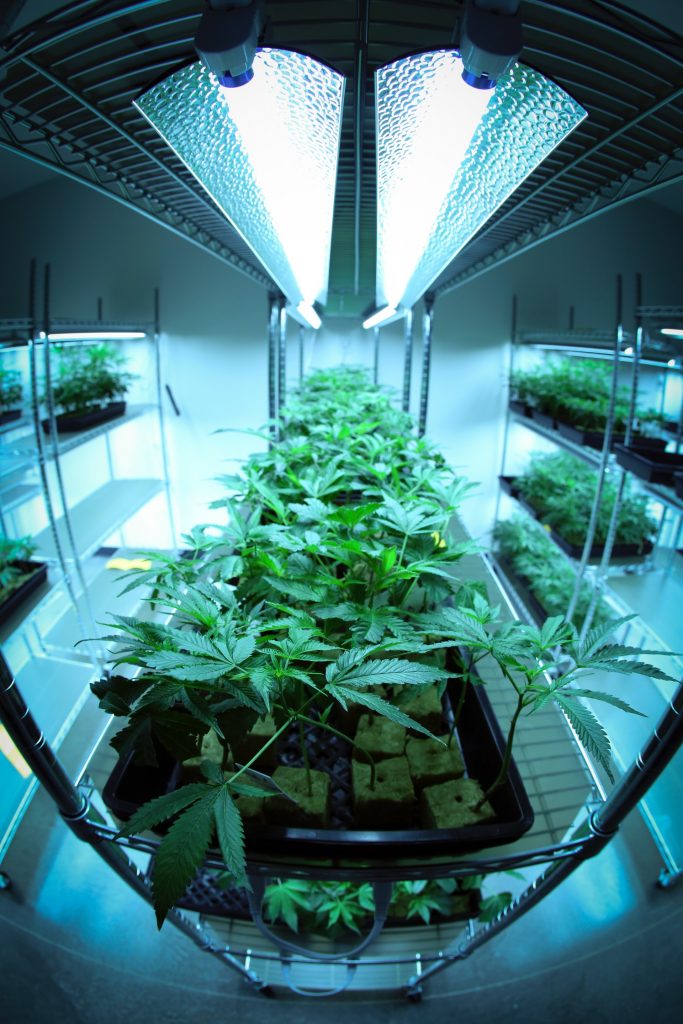
A widely used alternative is automatic seeds, which in the vast majority of cases are also feminized, which means that apart from having our entire garden full of females, we should not worry about changing photoperiods to force the growth or flowering of plants. All we have to do is prepare a good substrate, germinate the seed, plant it in the final pot (exactly, without transplants!) and water it regularly.
Choice of variety, aspects to take into account
Once we have decided on seeds or clones, we must choose the variety to grow, something of great importance if what we want is to have the minimum maintenance work on the plants during their cultivation. Indeed, certain varieties will require much more care - and time - from the grower, such as the use of guides or tutors, pruning, nutritional aspects, sensitivity to certain pests or diseases, and a long etcetera.
For this reason, there are a series of aspects to take into account and attributes or traits to avoid if what we want is not to have to spend too much time on our crop. As a general rule, we will stick to varieties that have the following characteristics:
Pest resistance
Of course, if resistance to pests is among the traits of our candidate, it will be a point in her favor. In the same way, we must avoid plants that can bring us problems due to the combination between their characteristics and those of our crop; a typical example is not to choose varieties with especially dense flowers if grown in humid climates, as we may have future problems with molds during flowering. Likewise, varieties with high resistance to drought can be interesting. Our Lemon OG Candy, for example, is a genetics known for its resistance to pests and ease of cultivation.
Nutritional needs
Whenever possible, we will opt for genetics with few special needs in terms of nutrition. In many cases, the most demanding plants regarding their diet are not exactly great producers, and any error in their nutrition can be paid dearly. In this way, varieties that do not require a special amount of a certain element will help us to ensure that everything goes smoothly and we do not have to spend too much time in our garden.
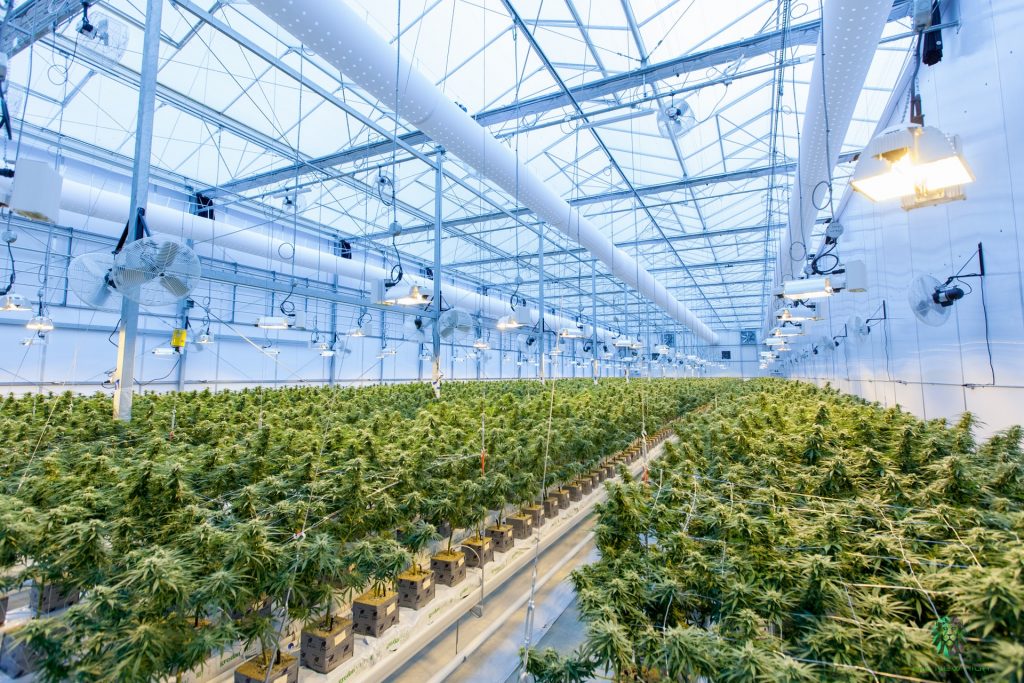
Robust structure
Avoiding varieties with very thin stems and/or too many lateral branches can help us, since it will allow us to save ourselves the laborious task of using meshes or stakes to support the weight of the buds. Plants of medium height and strong and robust structure with a predominant main stem will give us very good results, and less work. A perfect example of this type of plant is Black Bomb or Tropimango.
Fast flowering
As it is logical to think, if what we want is to have to spend as little time as possible with our plants, then choosing fast-flowering varieties will be a requirement - almost - essential. A plant with this characteristic will be of no use to us if it "fails us" in the rest of the aspects, since it will end up giving us more work than a slower plant but with better qualities. However, we will surely find varieties that also have the rest of the desired traits and are also relatively fast; between them should be based our choice. Orange Candy, for example, finishes flowering in about 8 weeks indoors (or even a few days less), which makes her a good candidate.
Calyx/leaf ratio
If possible, focusing on varieties with a very high calyx/leaf ratio in favor of flowers will make the trimming work much less tedious, requiring much less time than in the case of plants with many leaves. We will therefore look for varieties with large flowers basically formed by calyxes and with the least presence of leaves possible. Our powerful hybrid San Fernando Valley OG x Do-Si-Dos is a good example of this type of plant.
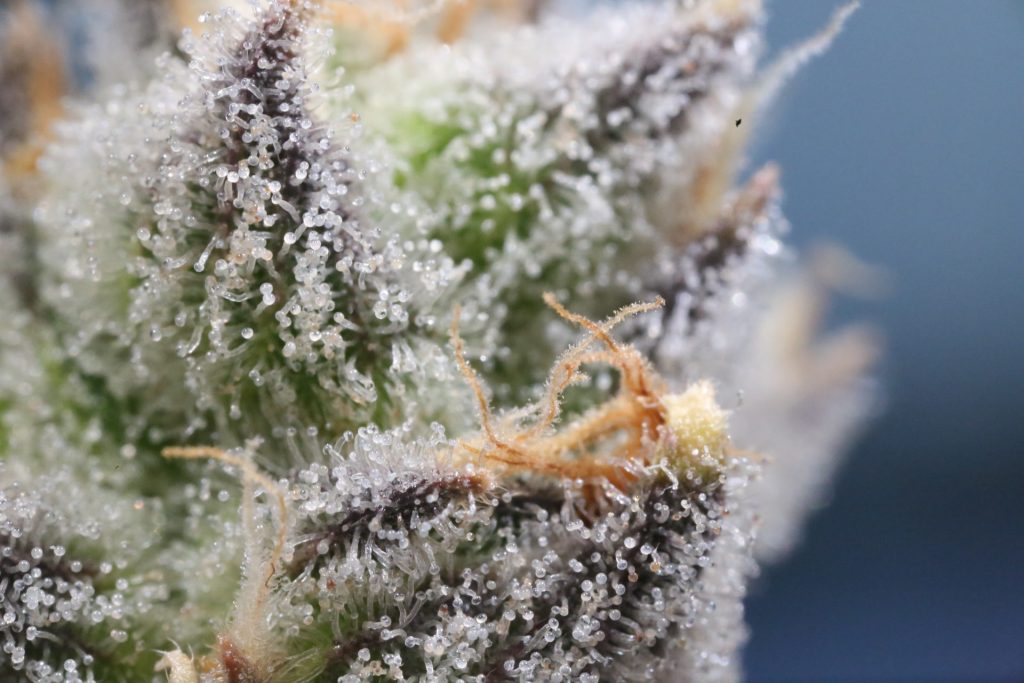
Choice of pots, substrate and nutrients
Once we have clear the variety that we will grow and if we will do it starting from clone or seed, it is time to prepare for planting. Regardless of whether it is an indoor, outdoor or greenhouse crop, the size of the pot is important, both for the plant and in terms of the irrigation work it will give us. Logically, if we choose very small pots we will have to water much more often than in the case of growing in larger pots or in full soil.
Regarding the growing medium and nutrients, if what we want is to "forget" about them during cultivation, it is best to acquire or prepare ourselves a supersoil, that is, a substrate very rich in microlife and nutrients with everything that the plant will need during its growth and flowering stages. In this way, we can irrigate only with water and without having to add nutrients, additives or worry about adjusting its pH, which in the long run will save us a lot of time in the day to day of the crop.
Normally, supersoil is prepared from a quality cannabis substrate to which solid fertilizers and beneficial microbial life are added, so that the plant will always have the macro and micronutrients that it demands at all times available, in addition to assimilating them with the maximum possible efficiency.
How to prepare a good organic substrate for cannabis
In this Post we will do a brief introduction in the organic-ecologic growing of marijuana. You can easily acquire the necessary knowledge to perform successfully a 100% ECO crop. The traits of taste and aroma increase potentially with these methods, and we also can take advantage of all the organic matter which ourselves produce.
The irrigation system
Do not hesitate: if what you want is to save time in cultivation, the best option will be an automatic irrigation system, which we can even program to water when we want and for as long as we have established without having to connect and disconnect. irrigation pumps or hoses.
There are many types of irrigation systems, from simple assemblies with a water tank that act by gravity to the most modern irrigation timmers, which you can connect either to a water intake (from a garden, for example) or to a pump of irrigation that you have in some deposit. Once installed, something that does not usually take more than a few minutes, we can forget about watering our plants by hand for months, and we simply have to monitor the state of the substrate and the plant to establish the correct irrigation periods for each phase or stage. of its development.
Depending on the chosen system (drippers, spikes, porous hoses, etc.) we must set a specific irrigation time so that our plants do not lack or excess moisture in the culture medium, but once this operation is done, we only have to sit quietly to enjoy our garden. In addition, it is much better to be able to spend a few minutes observing our plants in search of pests or deficiencies than having to spend them watering and not paying them due attention!
Harvest
We have already indicated some trait, such as the low presence of leaves, which can save us hours when harvesting and trimming our plants. A common practice when harvesting is to remove the largest leaves during the two or three days prior to the day of the harvest itself, so that the work does not accumulate at harvest time. Once we have cut our plants, we must decide if we are going to trim the flowers at that time, that is, fresh, or after drying them, dry.
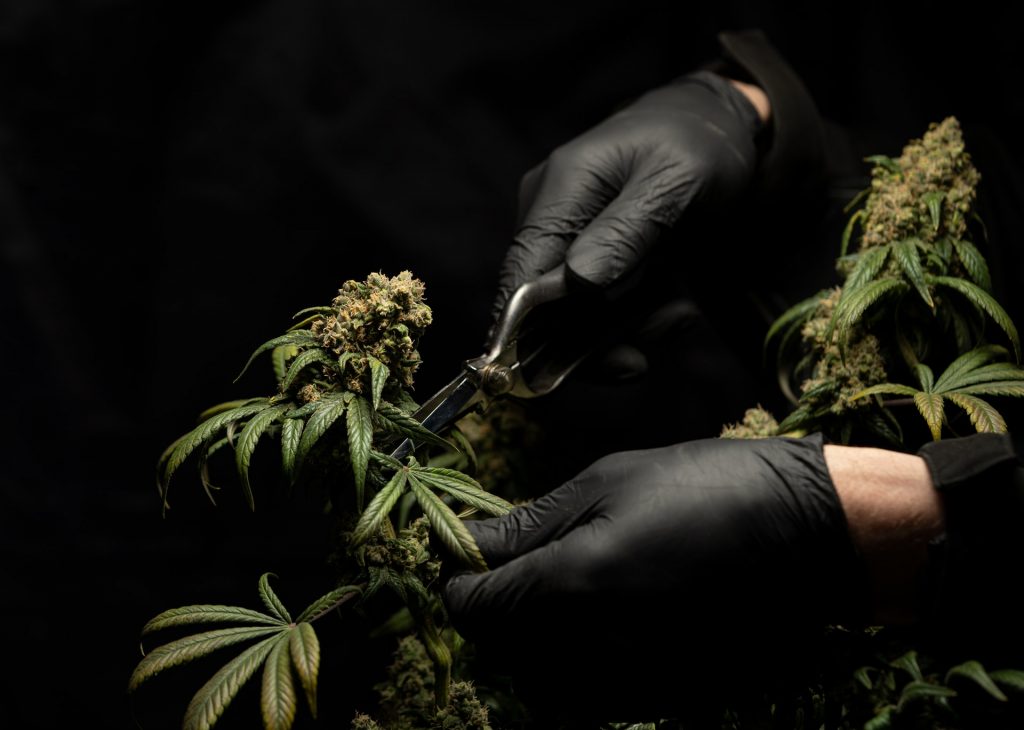
If the flowers need a good manicure, we recommend doing it fresh, as it is easier and faster than when the leaves are dry (in addition to the fact that we will lose considerably less trichomes when doing it fresh). On the other hand, if the flowers barely have a few leaves, you can choose to dry the plants without trimming, and either do it later or go trimming as you consume the flowers. And remember that with the manicure sheets you can prepare great resin extractions!
So far our summary of tricks to make the crop more bearable and give us less work. We are sure that you will have many other tips that you can share with us and our readers, do not hesitate to do so, we will be happy to read them.
Happy harvesting!
